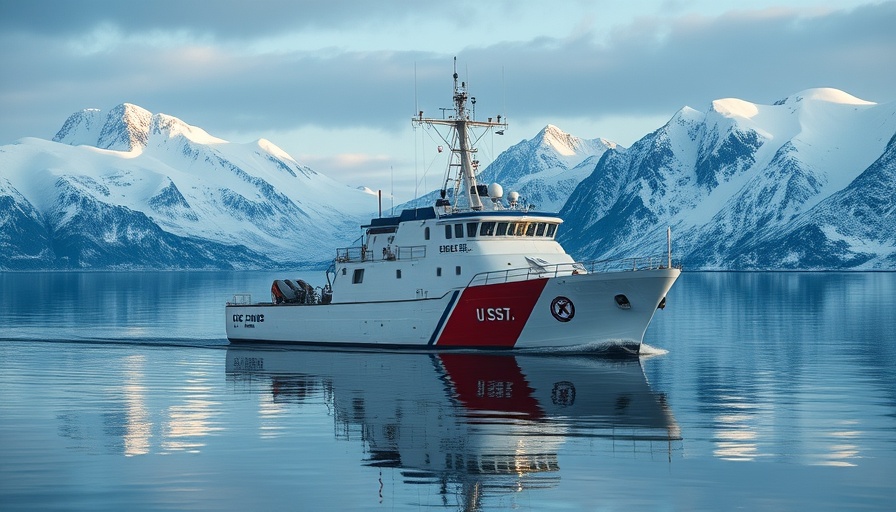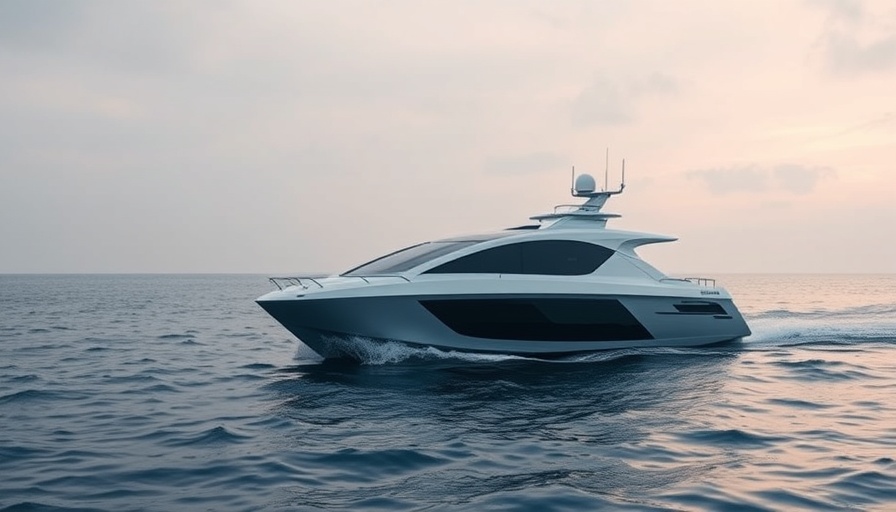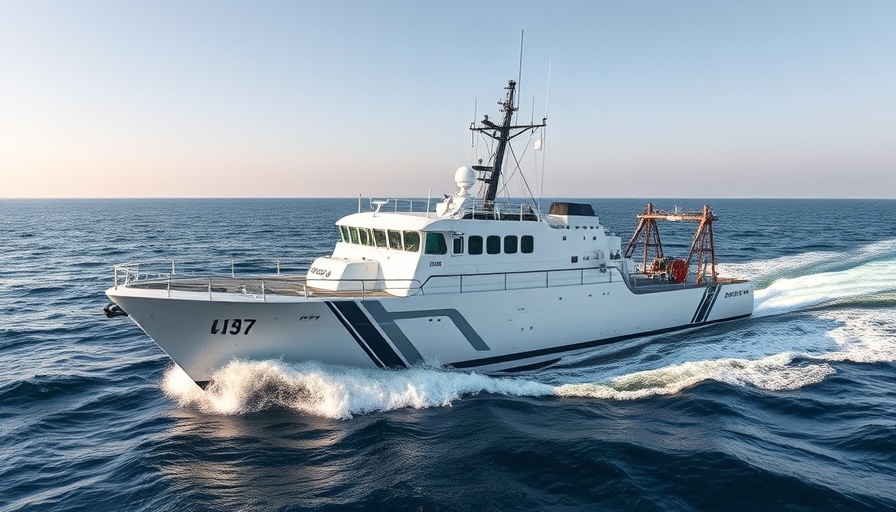
Understanding the Arctic’s Growing Importance
The Arctic region has captured global attention as it undergoes significant changes, primarily driven by climate change. Sea ice melting not only affects indigenous communities but also opens up new shipping routes and exposes untapped resources. This unique geographical area, surrounded by eight member states of the Arctic Council, presents both challenges and opportunities. With increased shipping traffic, the need for sustainable practices becomes paramount. The stakes for environmental preservation are high, as nations grapple with balancing economic interests with ecological responsibilities.
The Role of the Coast Guard Academy Think Tank
At the forefront of adapting to these changes is the Coast Guard Academy's think tank, officially known as CASP (Coast Guard Academy Scholars Program). With a small budget of $150,000 but a significant impact, CASP's mission is to promote research and understanding of polar issues, focusing mainly on the Arctic and Antarctic regions. Under the leadership of executive director Tony Russell, the think tank engages in strategic discussions and collaborates with various stakeholders, including indigenous groups who have a deep-rooted history in the Arctic.
Collaboration in the Arctic: A Historical Perspective
The Arctic hasn't always been just a site of geopolitical tension. Historically, it has been a region of cooperation among countries, focusing on scientific research and sustainable access to resources. The presence of six permanent participants representing indigenous peoples fuels ongoing discussions about sustainability and conservation. This historical bond among communities and nations is crucial as strategies shift, necessitating renewed commitments to collaboration.
The Future of Arctic Governance: Trends and Predictions
As climate change accelerates changes within the region, many predict that competition over resources will heighten. The USCGA's Arctic Strategic Outlook emphasizes this evolving geopolitical landscape. Future strategies will likely involve increased dialogue and innovative governance structures to ensure peaceful resolutions. Also, environmental issues will be central in shaping policies to protect vulnerable ecosystems.
Community Perspectives: Local Voices in Arctic Issues
Understanding the unique perspectives of the Arctic’s indigenous and local populations is essential for any sustainable development plan. Their knowledge and experience offer invaluable insights that can guide decision-making processes. The voices of those who have lived in harmony with the land for generations must be amplified to ensure that future developments reflect collective needs and preserve the rich cultural heritage of the region.
Engagement is Key: Actions You Can Take
For those interested in supporting Arctic sustainability efforts, consider getting involved with local organizations that advocate for indigenous rights and environmental protections. Awareness is key – learning about the challenges faced by Arctic communities not only educates but also empowers others to participate in discussions surrounding policy change. Sharing this knowledge can be a powerful tool in rallying support for the continued preservation of the Arctic.
 Add Row
Add Row  Add
Add 




Write A Comment